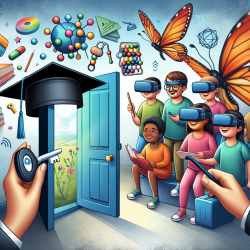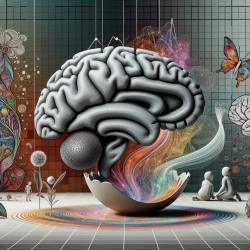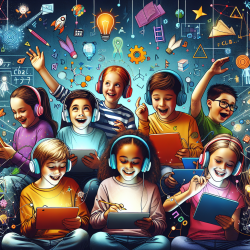Introduction
In the realm of speech-language pathology, understanding the nuances of auditory verbal hallucinations (AVHs) is crucial, especially when working with children. Recent research, titled The “common” experience of voice-hearing and its relationship with shame and guilt: a systematic review, sheds light on the intricate relationship between voice-hearing, shame, and guilt. This blog aims to provide practitioners with insights into how these findings can enhance therapeutic outcomes for children.
The Research Overview
The systematic review explores the relationship between AVHs, shame, and guilt in non-clinical populations. It highlights that while AVHs have been traditionally associated with mental illness, they also occur in non-clinical populations without distress. The study emphasizes the emotional aspects, particularly shame and guilt, which are often under-researched in the context of AVHs.
Key Findings and Their Implications
The research identifies several key findings:
- Shame and Negative Voice Content: Shame is positively correlated with negative voice-hearing experiences. This suggests that addressing shame in therapy could mitigate negative experiences associated with AVHs.
- Guilt as a Regulatory Mechanism: Guilt-related AVHs may serve as internal reminders of past mistakes, offering a sense of control and potentially enhancing social relationships.
- Emotional Regulation: Both shame and guilt play significant roles in emotional regulation, impacting how children perceive and react to their voice-hearing experiences.
Practical Applications for Practitioners
Practitioners can leverage these findings to improve therapeutic outcomes for children experiencing AVHs:
- Incorporate Emotional Awareness: Encourage children to express and understand their emotions related to voice-hearing. This can help reduce the stigma and shame associated with these experiences.
- Develop Coping Strategies: Teach children coping mechanisms to manage guilt and shame, such as cognitive restructuring and mindfulness techniques.
- Foster a Supportive Environment: Create a safe space where children feel comfortable discussing their experiences without fear of judgment.
Encouraging Further Research
The study highlights the need for further research into the bidirectional relationship between AVHs, shame, and guilt. Practitioners are encouraged to contribute to this body of knowledge by documenting and sharing their clinical experiences and outcomes.
Conclusion
Understanding the emotional dimensions of voice-hearing can transform therapeutic approaches, leading to better outcomes for children. By addressing the underlying emotions of shame and guilt, practitioners can help children navigate their experiences more effectively.
To read the original research paper, please follow this link: The “common” experience of voice-hearing and its relationship with shame and guilt: a systematic review.










